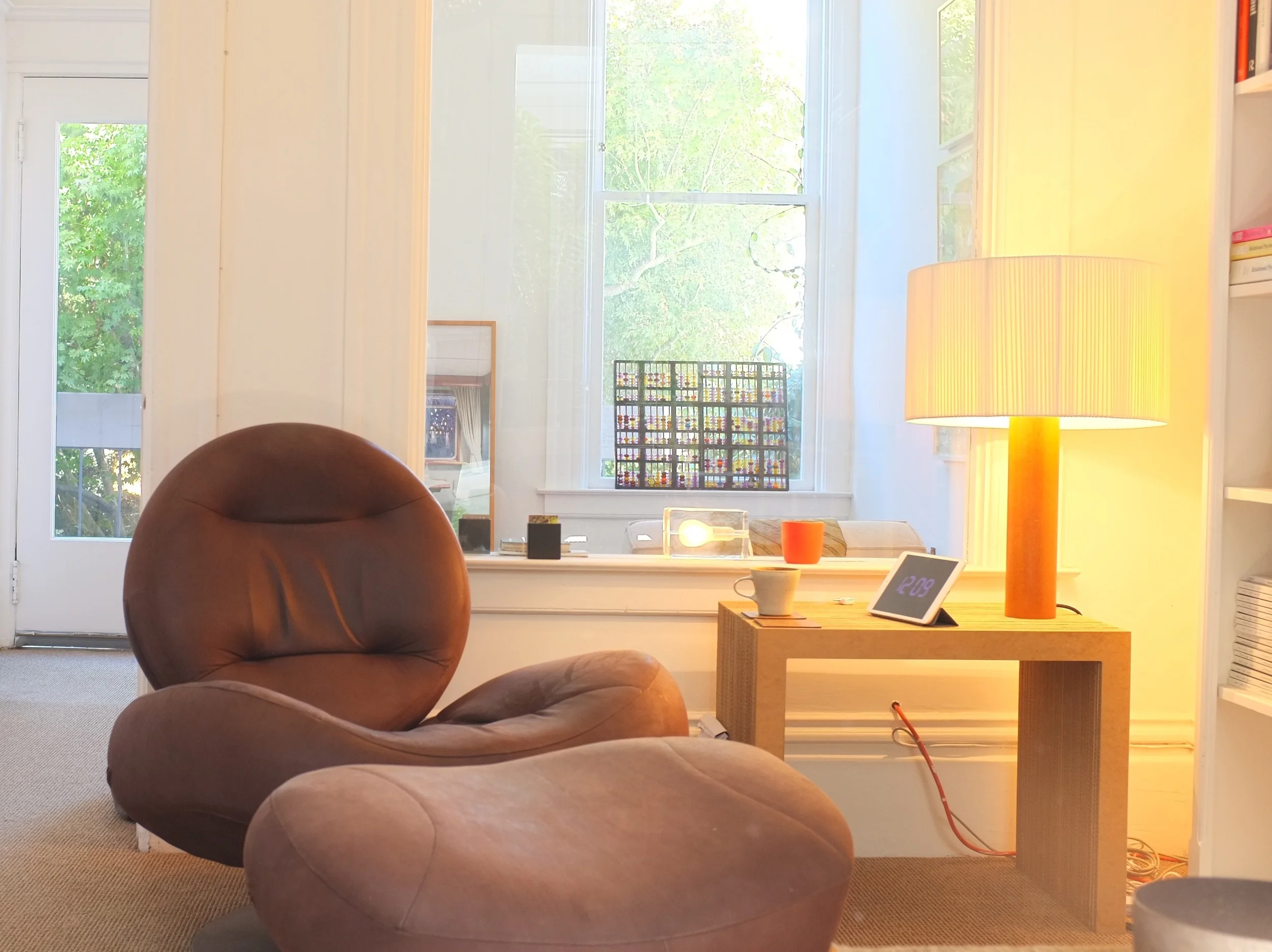When I was applying to graduate school I had to undergo a clinical interview. I met with two stone-faced professors in a dimly lit room for the purpose of determining my fitness to sit in similar rooms with clients. To say that it was intimidating is an understatement. The older of the two aging psychoanalysts leaned forward in his EZ-boy, removed one foot at a time from the ottoman, stroked his chin, and commented wryly: “some people would rather be a therapist than see one.” I trembled worrying that he’d recognized a flaw in my psyche that I was yet to discover. Years later, I understood that my interviewer’s brand of psychotherapy assumes the therapist is a neutral figure who knows what the patient does not know. I treat my clients as fellow travelers. Still, in retrospect, my interviewer had a fine point. If we are not working on ourselves while we sit with others, how can we imagine being in their shoes?
My interviewer knew my invisible flaw because he applied classical Freudian theory top-down. By contrast, more contemporary psychoanalysts appreciate Freud’s insights but strive to understand others “relationally.” Once you toss aside the classical pretense to already knowing, therapeutic progress happens because the analyst and patient stumble through experience together. Collaboration and its vicissitudes provide a better text than a theory that the analyst already knows.
As a relational psychoanalyst, I am always attentive to the space two people create when they travel together. Sometimes there is a clear map and it’s important to address real obstacles. But, often, the path to a meaningful journey is unmarked and meandering. That’s why I blend pragmatic approaches (cognitive behavioral therapy, interpersonal therapy, and motivational interviewing) with more exploratory psychoanalytic ones.
